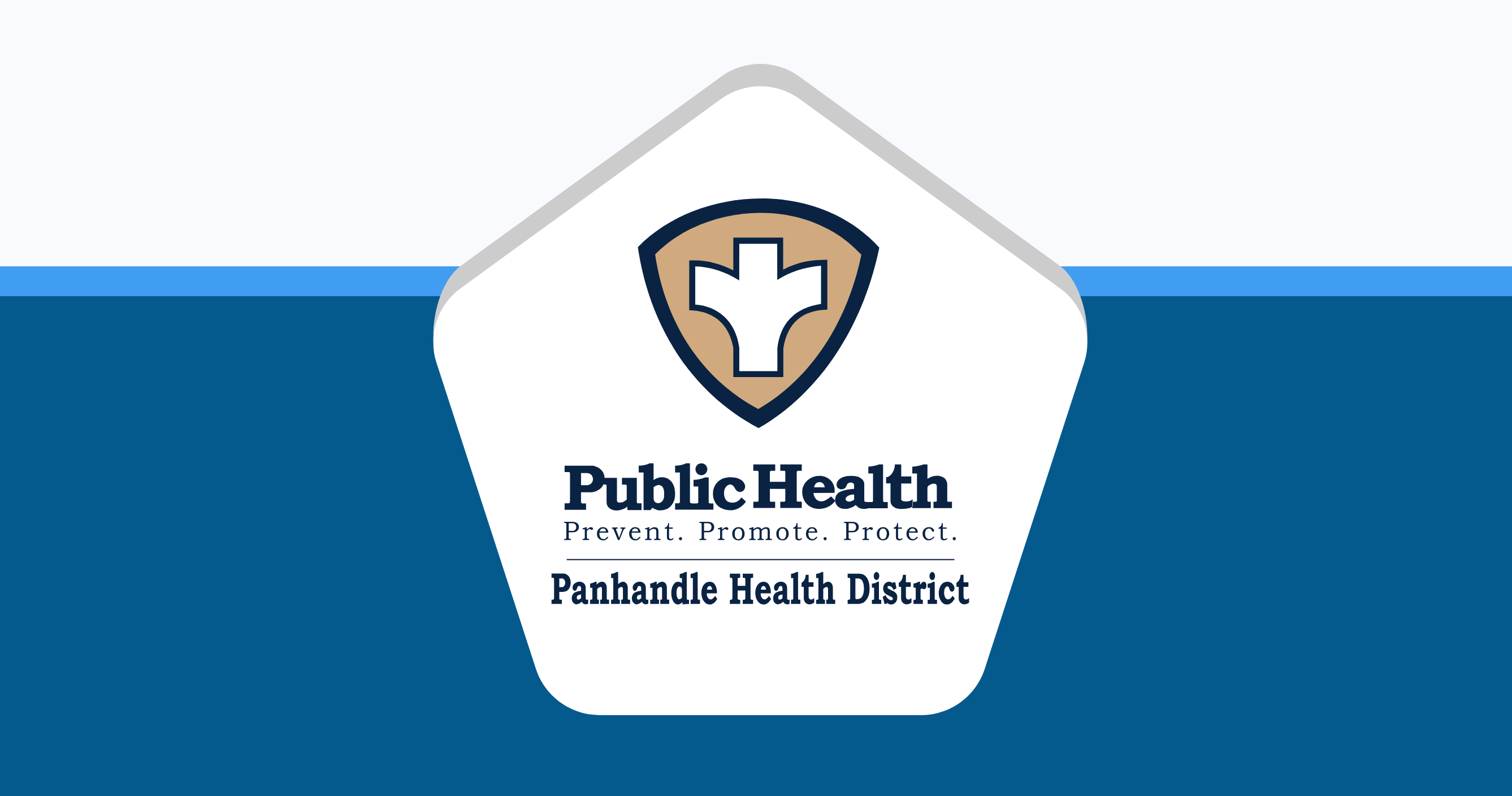Health Unchained — Column by Savanna DeHay
“Cholesterol clogs your arteries!”
“Stop eating red meat!”
“Limit saturated fat!”
“You need to be on statins!”
If you’ve visited a mainstream doctor in the last 75 years this probably sounds familiar. But do these claims hold any merit? Let’s dive in.
What is Cholesterol?
Cholesterol is a waxy, fat-like substance in the body. The liver itself produces 75% of the cholesterol our bodies need, the rest comes from dietary sources. Dietary cholesterol comes from animal products like meat, seafood, and dairy. It plays a vital role in many essential processes:
- Protecting cells,
- Producing sex hormones (estrogen, testosterone, etc.),
- Absorbing and metabolizing vitamin D,
- Digesting fats,
- Supporting bone health, and
- Supporting brain health—more than 60% of the brain is made of cholesterol.
Maybe cholesterol isn’t such a bad guy after all…

Types of Cholesterol
1) LOW-DENSITY LIPOPROTEIN (LDL)
This is often referred to as “bad” cholesterol. Its primary role is “to carry cholesterol and triglycerides to cells,” which “provide energy and repair cellular damage,” (Kiltz).
There are two important markers to consider, with the most important being LDL-p. LDL-p indicates the number of LDL particles floating around in your blood. Another measure is LDL-c, which indicates the amount of cholesterol each LDL particle carries. If both LCL-p and LCL-c are high, it might be cause for concern. However, if one or neither is high, then you are likely healthy.
2) HIGH-DENSITY LIPOPROTEIN (HDL)
This is often thought of as “good” cholesterol. However, HDL isn’t even cholesterol! It is merely a mechanism to transport cholesterol throughout your body (Kiltz). Specifically, HDL takes cholesterol to the liver, where it is either used or destroyed. The general idea is to have a high HDL and low LDL.
3) TRIGLYCERIDES
These are fats stored in the blood’s fat cells for long-term energy. If you consume more calories than your body needs, the excessenergy is stored as triglycerides. High triglycerides can cause liver, pancreatic, kidney, and cardiovascular issues (Dr. Jockers). High triglycerides are also commonly correlated with obesity, diabetes, and high blood pressure.
It’s important to note that high triglycerides do not cause obesity, diabetes, or high blood pressure. Instead, they are often the result of other chronic conditions and unhealthy lifestyle habits such as excessive caloric intake, consuming processed foods, sedentary behavior, hypothyroidism, genetic conditions, and other underlying health issues.
4) VERY LOW-DENSITY LIPOPROTEIN (VLDL)
Similar to HDL, VLDL transports triglycerides to their destinations. VLDL is often mislabeled as “bad.” However, it’s incredibly important to understand that high VLDL only becomes an issue when the lipoproteins are small and hard in nature. Small, hard lipoproteins can get stuck in the arterial walls, leading to clogged arteries and increasing the risk of cardiovascular disease. On the other hand, having large, fluffy VLDL (even if the quantity is great) is unlikely to cause problems.
It’s not just ‘how much’ cholesterol, but what type.
What Causes High Cholesterol? (It’s Not What You Think!)
It cannot be said enoughthat eating high amounts of fat (even saturated fat) does not cause high cholesterol! This is merely a popular myth perpetuated by so-called “experts” to advance a particular agenda. In actuality, cholesterol is a reflection of how your body metabolizes lipids. If you are metabolically unhealthy due to a poor diet and lifestyle, then your cholesterol levels will reflect that.
The primary cause of metabolic health decline is a diet high in processed foods. Processed foods contain seed oils, refined grains and starches, pesticides and chemical ingredients, and high amounts of carbohydrates. Other lifestyle factors that cause metabolic health to tank include asedentary lifestyle, lack of sleep, hormone and adrenal conditions, and genetic factors.


Are People with Lower Cholesterol Levels Healthier Than Those with Higher Levels?
Not necessarily.
Not everyone with high cholesterol levels is sick. This is why it is crucial to understand cholesterol ratios to accurately assess your health. Remember, high LDL only becomes a problem if the particles are small and hard and HDL is low. This means there is a higher chance of lipids sticking to the arterial walls and causing blockage. Therefore, as long as there is enough HDL in relation to LDL, or the LDL is large and soft, then cholesterol alone does not determine your overall health. Remember, cholesterol is a mirror of your body’s overall health, reflecting the state of your metabolism, inflammation levels, and nutritional balance.
Want to understand your cholesterol levels better? Check out this cholesterol calculator to get a clear picture of your triglycerides to HDL ratio. The ratios are easy to interpret:
- < 2.0 is excellent,
- 2.0–6.0 is good, and
- > 6.0 is not good.
Remember, cholesterol ratios are more than just statistics—they are inflammation markers. And inflammation is the underlying cause of many chronic diseases.
Final Thoughts
Cholesterol is often misunderstood and feared due to myths perpetuated by mainstream doctors. However, when you really begin to understand its importance and role in your body, you realize there is nothing to fear. By treating cholesterol as an inflammation marker and indicator of metabolic health, we can gain a deeper understanding of how to promote longevity and improve overall quality of life.
So next time you sit down to eat an egg (or four), cook them in butter. And don’t forget the bacon. Your body will thank you.







